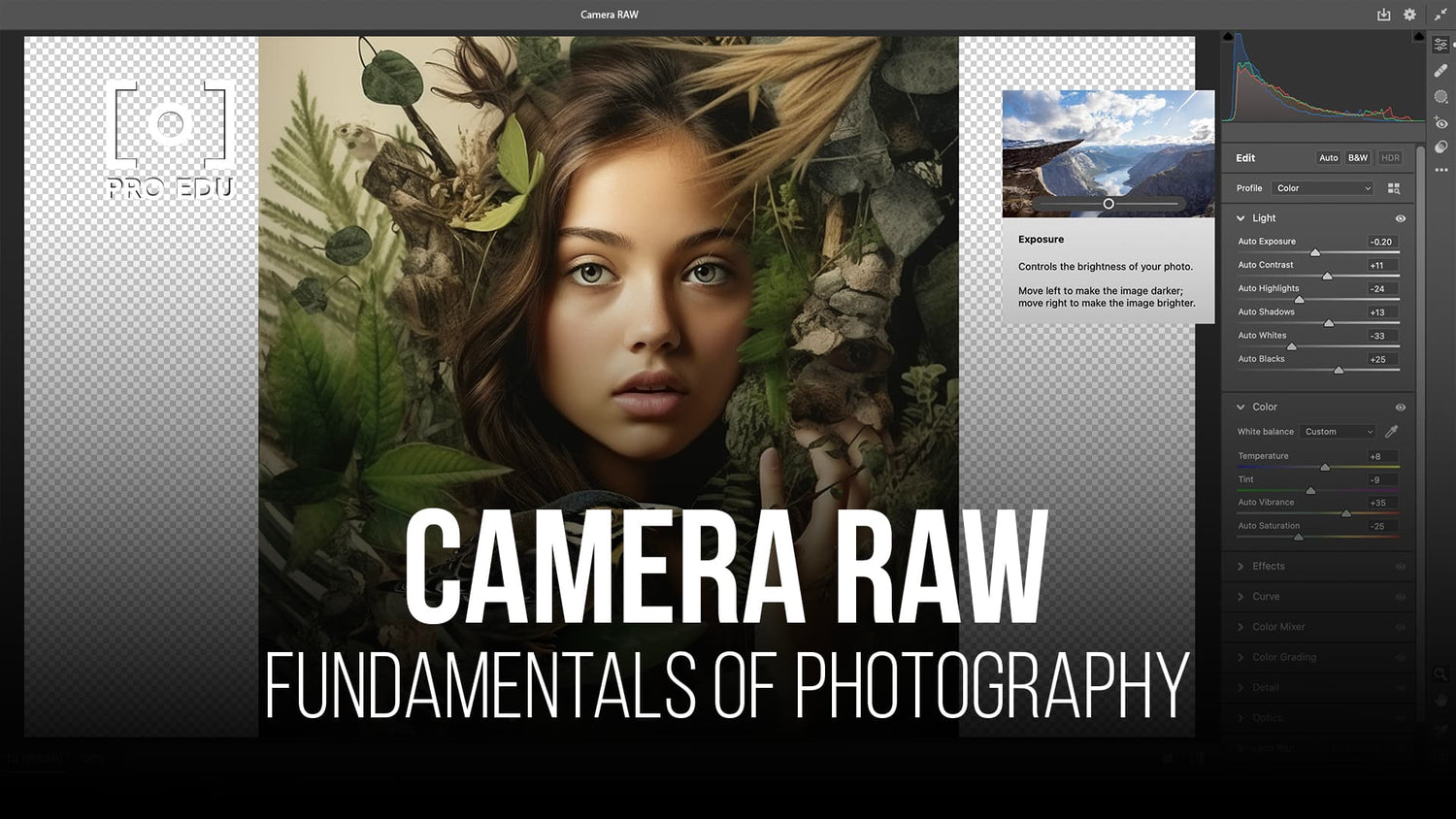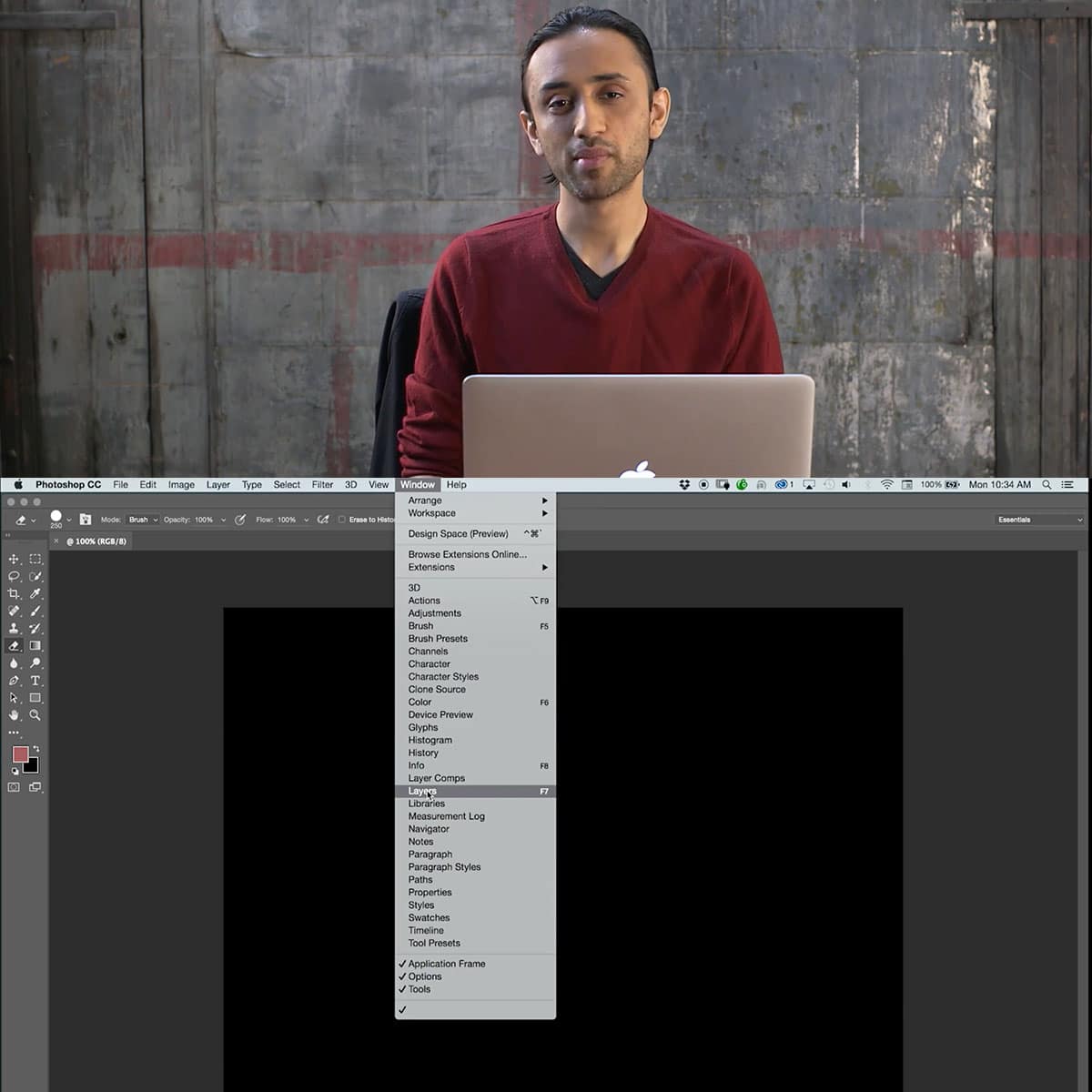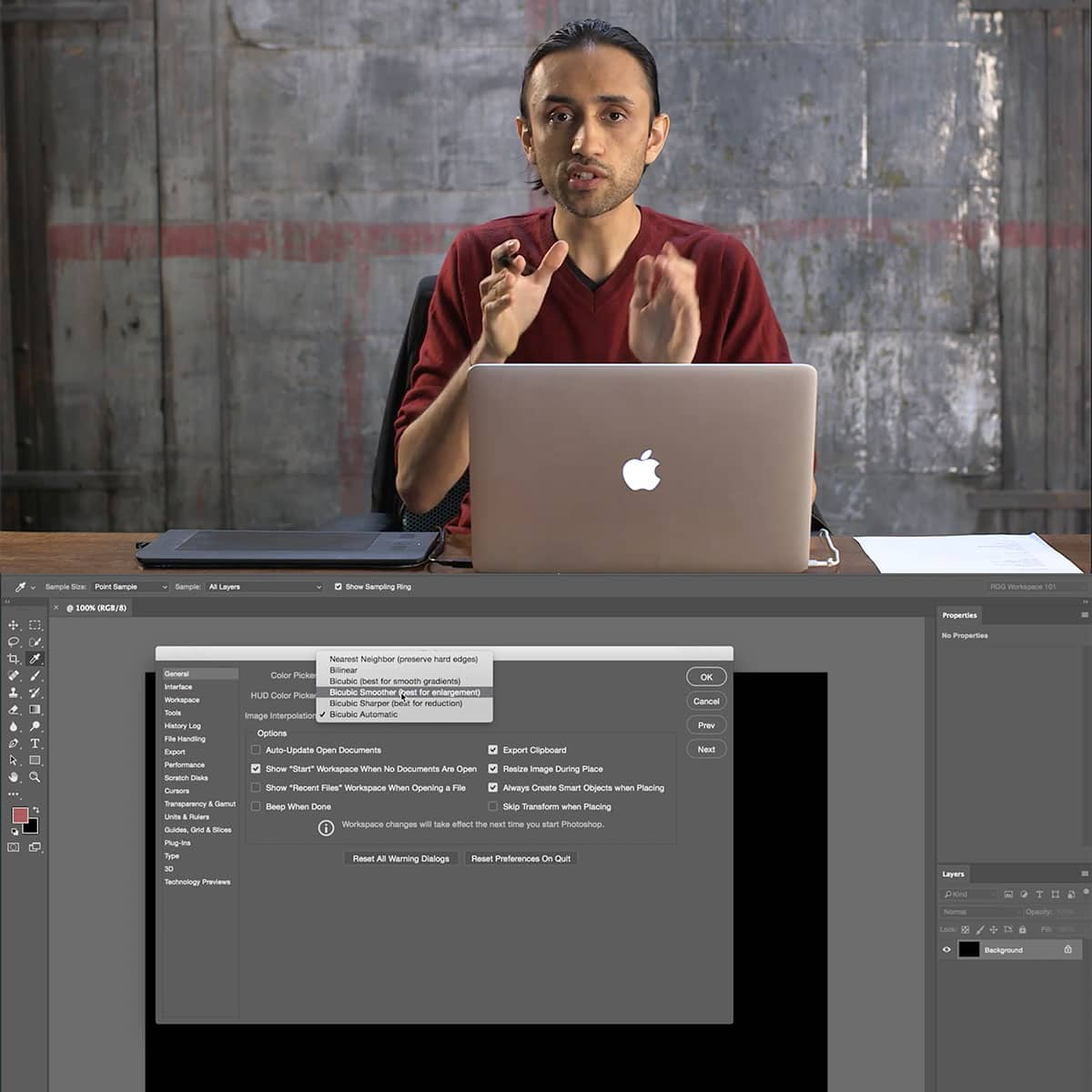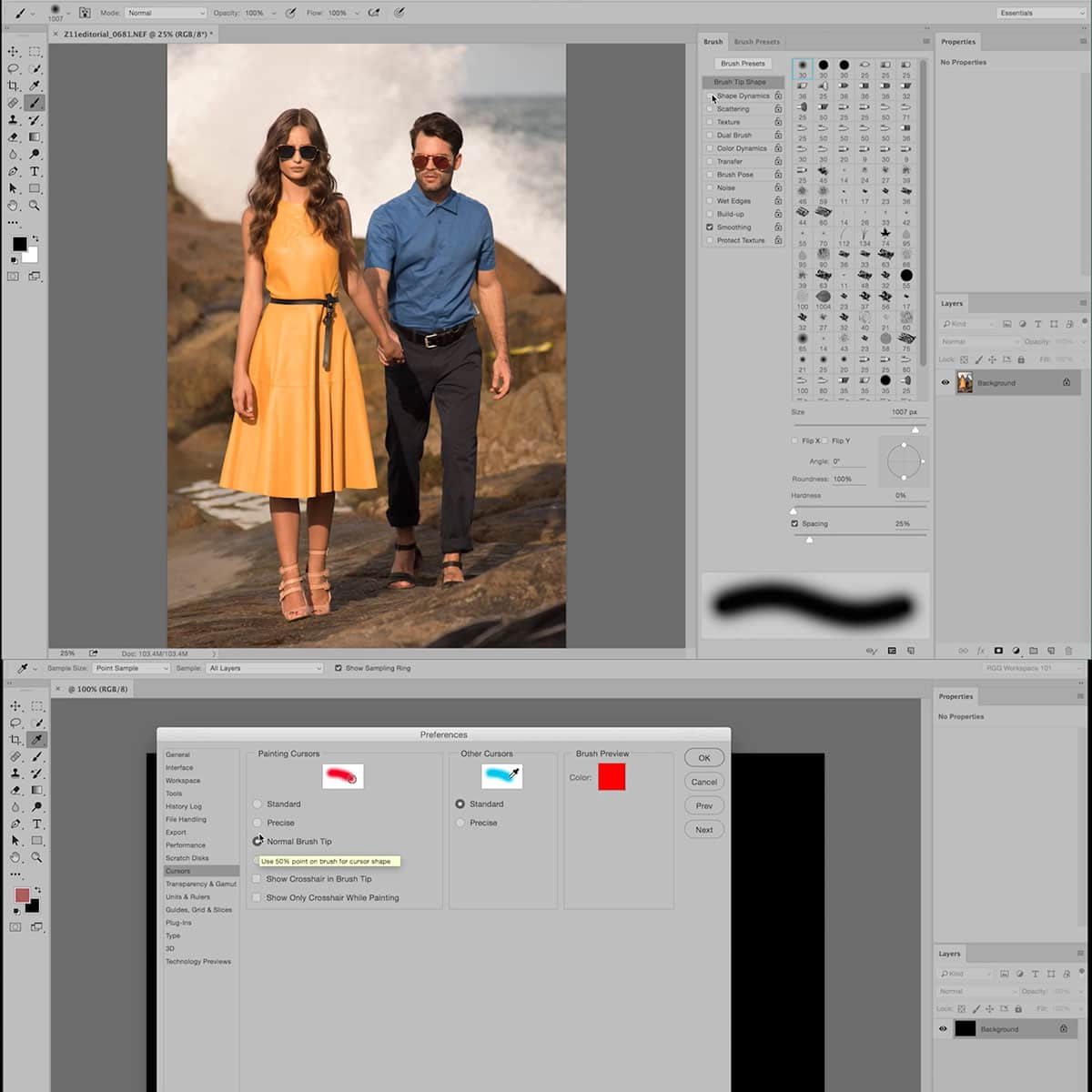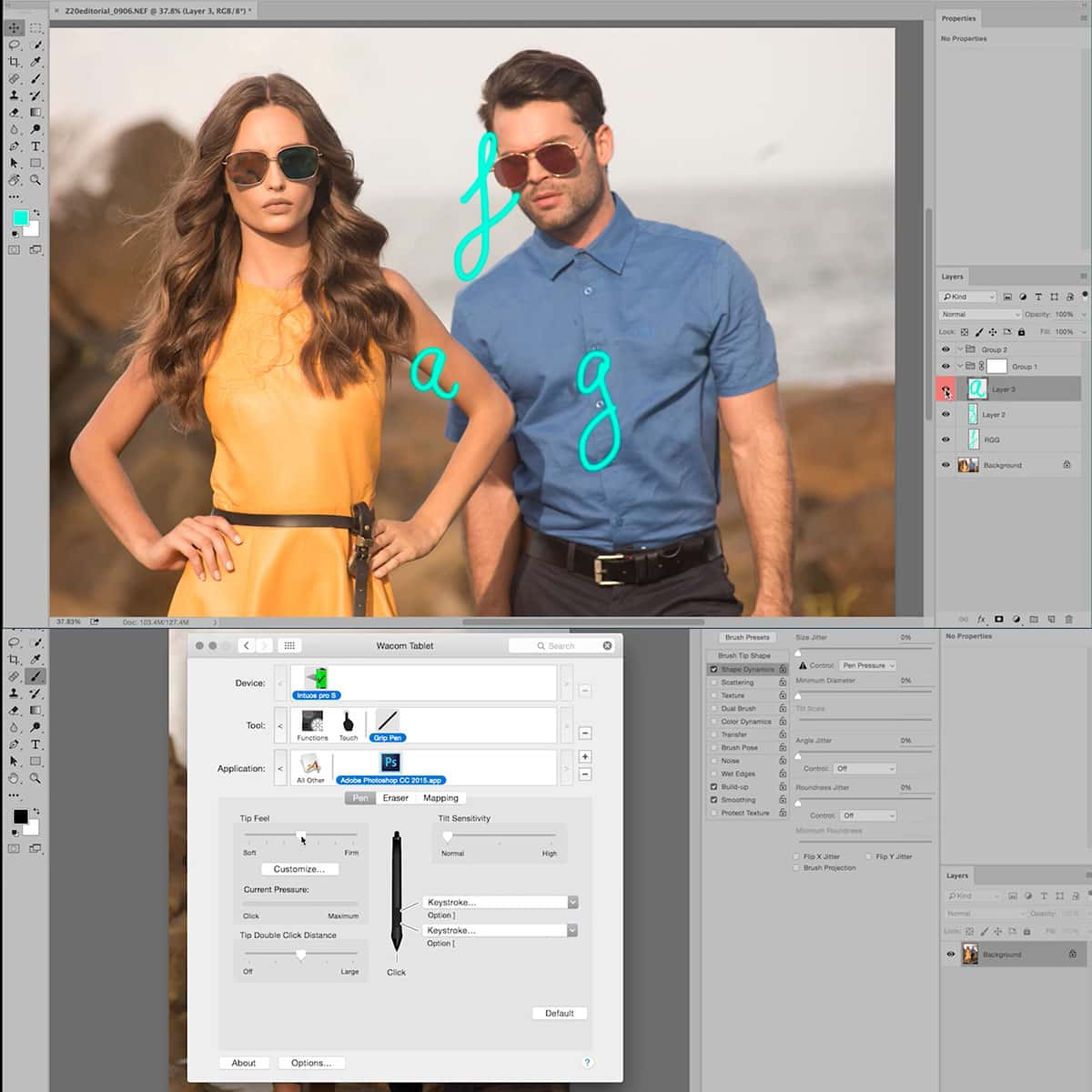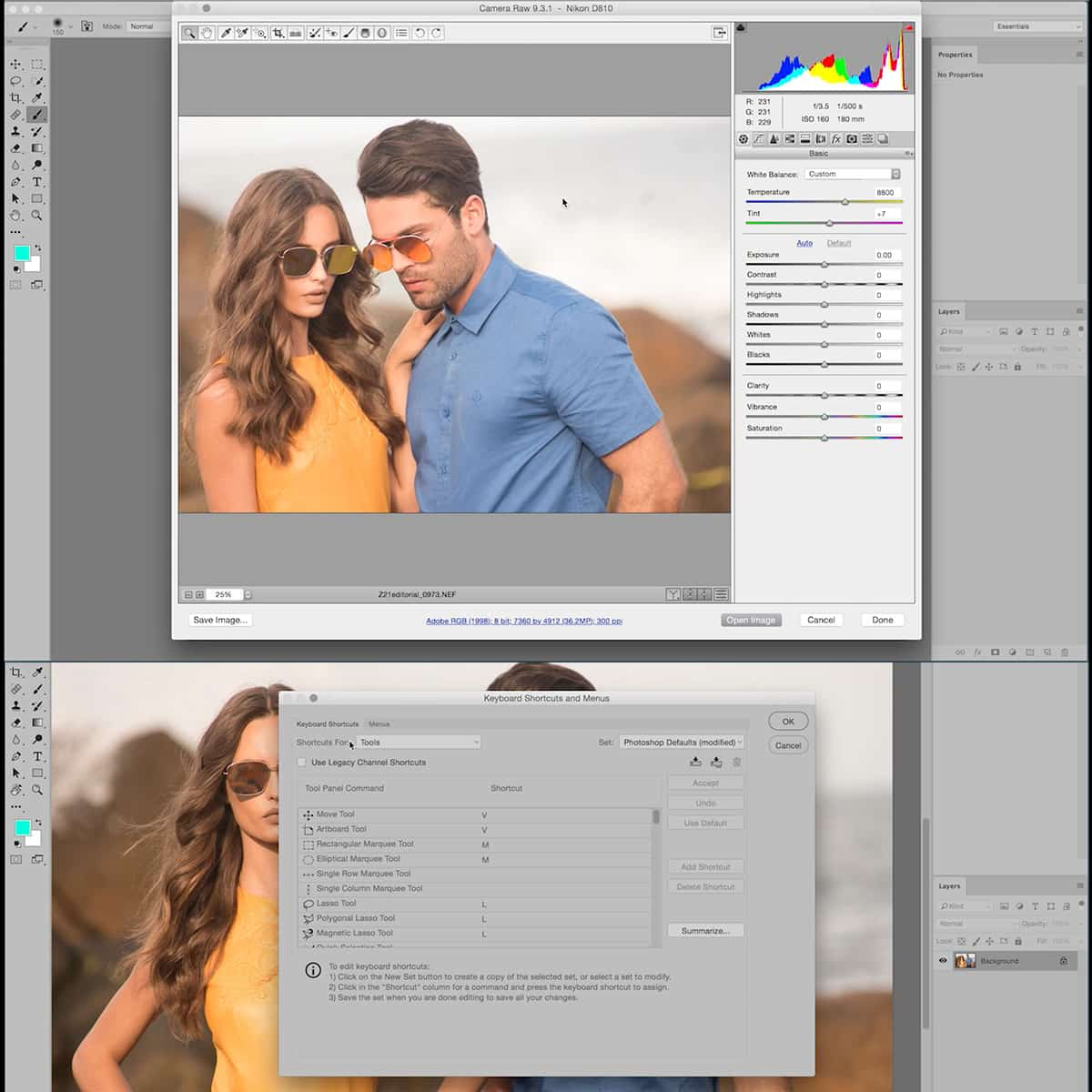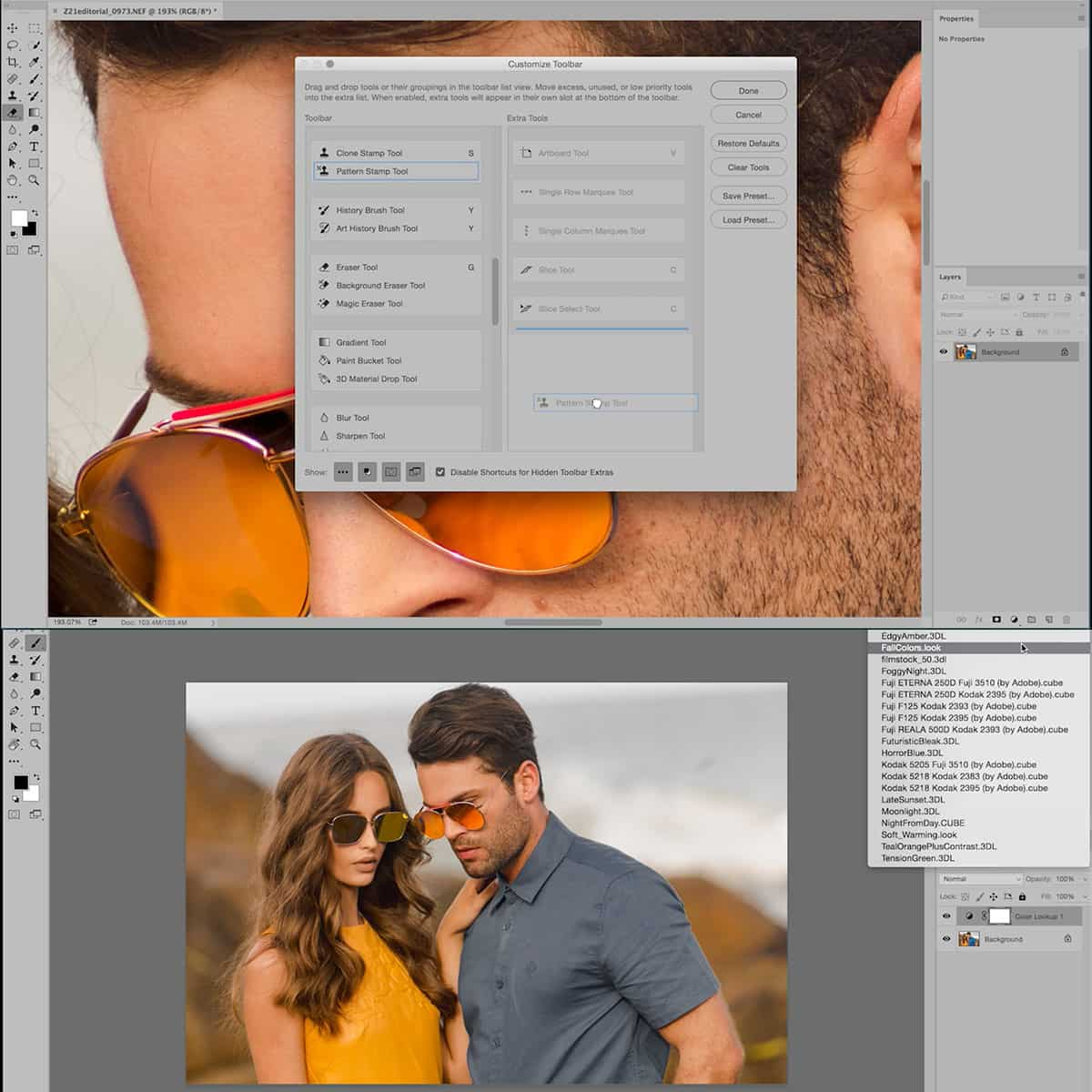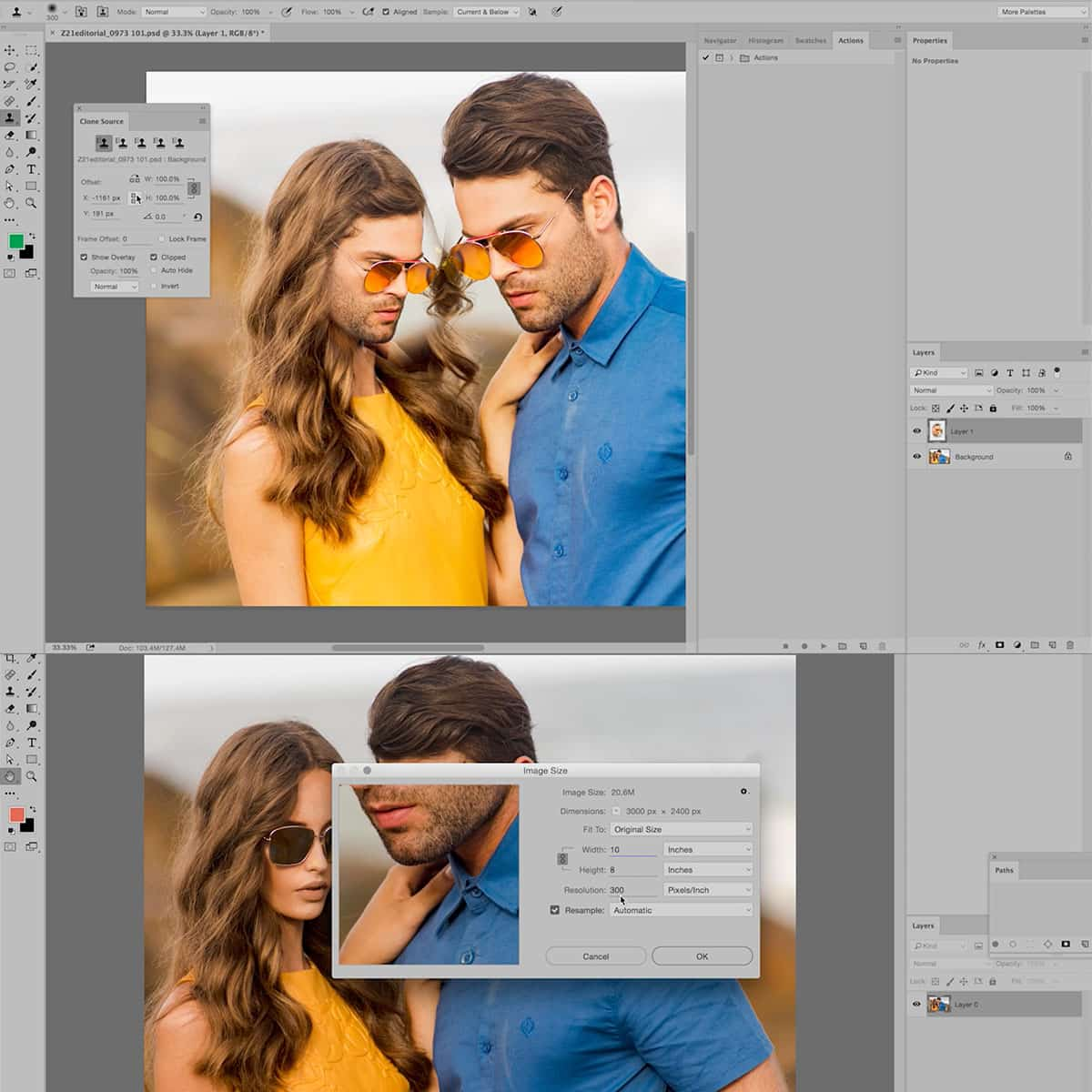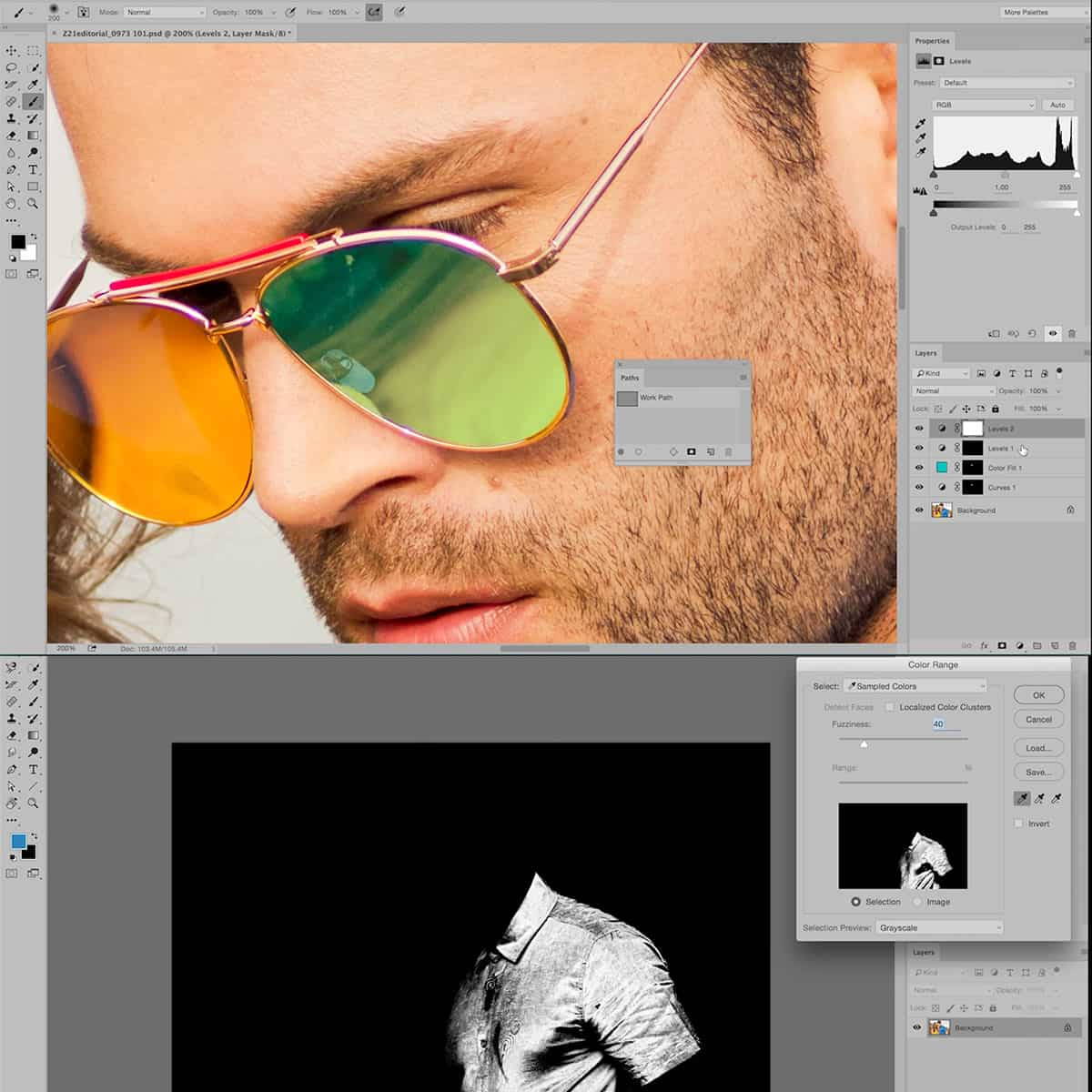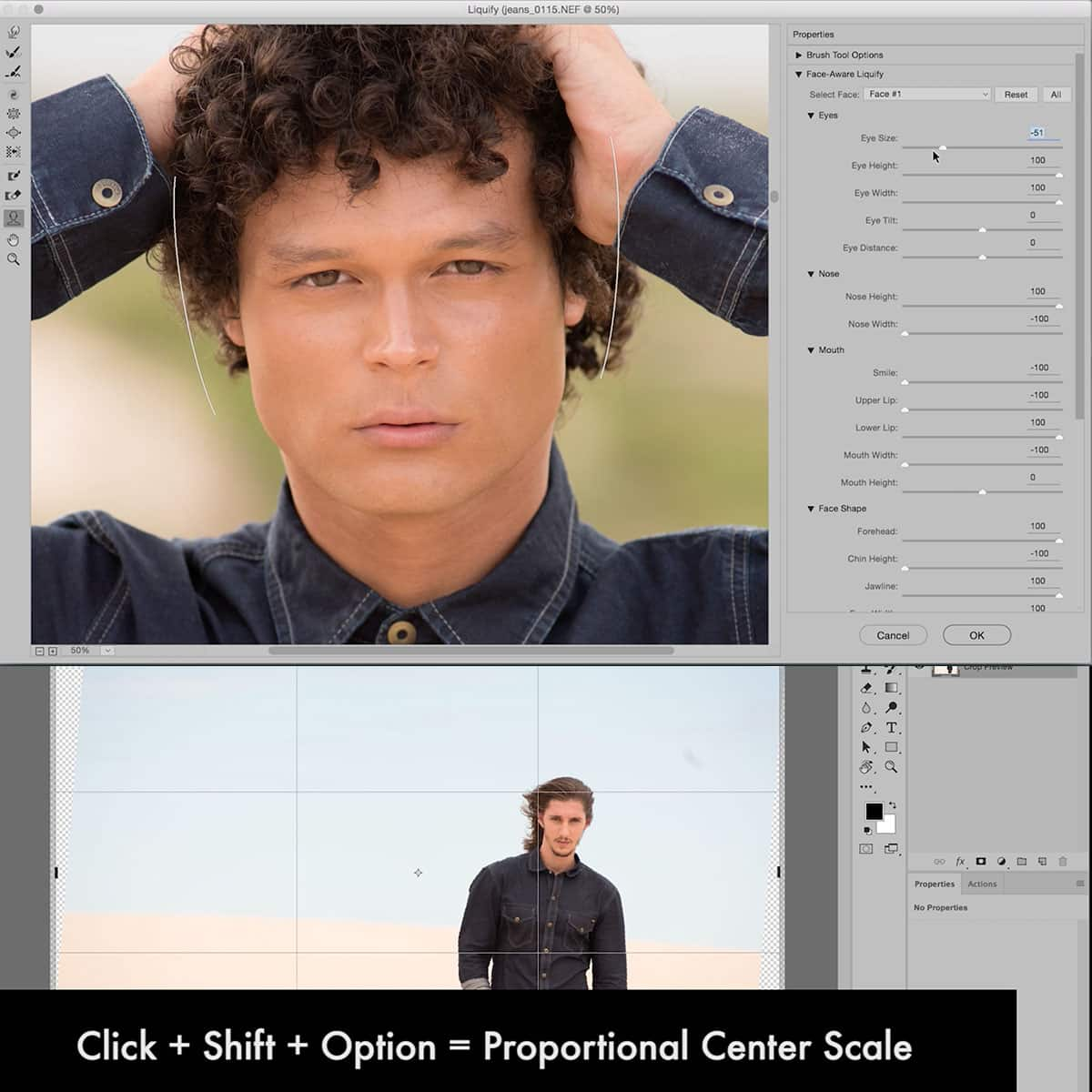Camera Raw Files: Maximize Photographic Potential with Expert Techniques
For photography enthusiasts and professionals alike, shooting in Camera RAW format can greatly improve the quality and flexibility of your images. This digital image file format contains all the unprocessed data captured by the camera's sensor, providing more editing options and customization during post-processing.
With the use of specialized software, photographers can maximize the dynamic range of their images, producing high-quality files that are free from technical flaws. RAW file editing allows you to unlock the full potential of your camera, offering more control over the final look of your images.
Key Takeaways
- Camera RAW files offer greater flexibility in post-processing, allowing photographers to create high-quality images
- Editing RAW files enables increased control over the final appearance and quality of photographs
- Using specialized software, photographers can maximize the potential of their camera's captured RAW data
The Power of Raw Files
Difference Between Raw and JPEG
RAW files are a type of digital image file format that contains all the unprocessed data captured by a camera's sensor. On the other hand, JPEG files are compressed and processed images, which lose some of the original details during the conversion process.
We generally find more detail in RAW files, as they preserve the full range of colors and tones captured by our camera. This allows for a wider tonal range compared to JPEG files. For instance, JPEGs have 256 levels of luminosity, whereas RAW files have between 4096 and 16,384 levels.
Benefits of Using Raw Files
One significant benefit of using RAW files is the ability to retain the highest possible quality without compressing the data as JPEGs do. This gives us more control and flexibility in post-production, enabling us to recover highlights, shadows, and other elements that may be lost in a JPEG.
Moreover, shooting in RAW format enables us to have greater control over exposure and white balance adjustments, as these changes are non-destructive and can be easily fine-tuned in post-processing. For example, if our photo looks overexposed, we can easily recover the blown-out highlights from the RAW file.
In summary, working with RAW files allows us to unleash the full potential of our photographs by preserving the highest quality and original details. This provides us with the ultimate flexibility to experiment with different editing techniques and achieve the perfect balance between highlights, shadows, and tones in our final images.
Revealing Art Through Raw Editing
Exploring Raw Editing Software
When it comes to unleashing the full potential of your photographs, one of the most important elements is raw editing. By shooting in RAW format, you have greater flexibility and control over your image's unprocessed data. To unlock this potential, we need to start by choosing the right software. Some popular options include Adobe Camera Raw, Lightroom, and Capture One.
Within these programs, we can make precise adjustments to various aspects of our image. Keep in mind that although software may differ, the basic principles of raw editing still apply. Let's dive into the specific adjustments we can make with these powerful tools.
Understanding Raw Editing Controls
Exposure: One of the main benefits of raw editing is the ability to control the exposure of our image. By adjusting the exposure, we can reveal more details in shadowy or overexposed areas. This is particularly useful in scenes with a wide dynamic range.
White Balance: Raw editing software allows us to modify the color temperature of our images, affecting how warm or cool the image appears. Adjusting the white balance ensures accurate color representation and keeps skin tones natural-looking.
Contrast and Color: Boosting the contrast in our image can help make the photograph more visually striking. By adjusting the contrast and color, we can bring out specific details and create a more captivating image.
Sharpening: Another vital aspect of raw editing is sharpening our image. This helps to enhance the overall clarity and details within the photograph. Be mindful not to over-sharpen, as it can create unwanted artifacts.
Noise Reduction: Often, digital images will contain noise, which appears as speckled graininess in the image. Noise reduction tools in raw editing software can help remove or reduce this noise, leading to cleaner and smoother images.
By becoming proficient in utilizing these raw editing controls, we can transform our images and reveal the true art within each photograph. This process allows us to maximize the potential of our images, leading to higher-quality and more eye-catching results.
Manipulation of Raw Files: Methods and Challenges
Data Import and Metadata Storage
When working with raw files, it's important to properly import the image data and store the corresponding metadata. The metadata usually includes essential information such as camera type, lens settings, and exposure values. We can use dedicated software tools such as Adobe Camera Raw to access and edit this metadata.
Handling differing File Formats
Raw files can come in various formats, each specific to the camera manufacturer. This diversity in file formats can lead to compatibility issues when processing raw images with software not designed to handle them. To stay versatile, we should use a standardized file format such as DNG (Digital Negative), ensuring compatibility with a wide range of photo editing software.
Challenges in Raw File Post-Processing
The manipulation of raw files can be challenging due to their lack of standardization, as shown in this StackExchange question. Moreover, raw files are generally larger than their processed counterparts, making them more resource-intensive to work with.
Raw files offer significant advantages, such as the ability to access unprocessed sensor data, allowing us to maximize image quality by fine-tuning various parameters at the pixel level. As a result, they demand extra attention to detail in the post-processing workflow.
In summary, the manipulation of raw files offers significant benefits for photographers aiming to unleash the full potential of their images. However, handling the challenges of data import, metadata storage, differing file formats, and post-processing is crucial to successfully working with raw files.
Delving into Software for Raw Files
Exploring Adobe Photoshop
Adobe Photoshop is a powerful tool for working with raw files, offering numerous options to make detailed adjustments. With its extensive features, we can perform precise color correction, apply filters, and retouch images to perfection. One notable feature is the built-in Adobe Camera Raw plugin, which provides a seamless integration for processing raw files.
Unraveling Lightroom
Another popular software choice for raw file processing is Adobe Lightroom. Lightroom simplifies the workflow, offering a more focused set of tools specifically tailored for raw file editing. Some advantages of using Lightroom include its non-destructive editing capabilities and efficient organization options for our images. With Lightroom's intuitive interface, we can easily manage, edit, and export our photos while enjoying the benefits of working with raw files.
Understanding Adobe Camera Raw
Adobe Camera Raw (ACR) is a powerful image processor designed for both beginners and professionals. When it comes to editing raw files, ACR takes center stage by providing robust control over various parameters such as exposure, temperature, and highlights. Additionally, we can leverage ACR's versatile settings to copy and paste adjustments across multiple files, streamlining our editing process. By utilizing this software, we can truly unleash the full potential of our raw photographs.
Conclusion and Future Trends in Raw Photography
In recent years, we have witnessed a continuous increase in the use of RAW files among photographers who aim to unleash the full potential of their digital photography. As digital cameras evolve and become more capable, the importance of shooting in RAW format cannot be overstated. By capturing images in their highest quality, photographers gain more flexibility in post-processing and ultimately produce more impactful results.
One exciting advancement in digital photography is the integration of computational photography techniques within digital cameras. These techniques combine advanced algorithms and camera hardware to create superior images. With improvements in computational photography, we can expect to see even greater potential when editing RAW files, allowing photographers to effortlessly achieve images with enhanced dynamic range, color accuracy, and sharpness.
In addition, the rise of AI-powered editing tools will likely change the landscape of RAW photography. These tools can automatically analyze and adjust various aspects of RAW files, such as exposure, contrast, and color balance, in an intelligent manner. This will save photographers time and effort while simultaneously improving the editing process. As we move forward, we can anticipate an era where digital photography is not only about capturing high-quality RAW images but also harnessing cutting-edge technology to push the boundaries of what's possible in post-processing.
Overall, the future of RAW photography looks promising, with technological advancements set to enable photographers to explore the full potential of their images like never before.
Frequently Asked Questions
What are the main advantages of using RAW file format?
When shooting in RAW format, you capture all the information from a camera's sensor. This allows for greater control when editing, as the uncompressed and unprocessed image data is available. This leads to higher quality final images, particularly when fine-tuning exposure, and other parameters.
How does editing in Adobe Camera Raw improve image quality?
RAW files are compatible with Adobe Camera Raw, which is a powerful editing tool. By using this software, you can easily adjust aspects of your image without loss of quality. Additionally, Adobe Camera Raw preserves the non-destructive editing process, ensuring the original image data remains intact.
What are the key differences between RAW and JPEG files in photography?
RAW files are uncompressed, providing more image data for editing. This gives you greater control over exposure, white balance, and color adjustments. JPEG files, on the other hand, are compressed, losing some image data in the process. Editing JPEG files can result in more loss of quality compared to RAW files.
How can I handle and store my RAW files effectively?
RAW files are larger than JPEGs, so they require more storage space. It's important to organize and back up your files using external hard drives or cloud storage services, allowing for easy access when needed. Consider adopting a consistent file naming system to keep track of your images efficiently.
Why do some photographers avoid sharing their RAW files?
Photographers may hesitate to share RAW files for several reasons. Firstly, the files are larger and therefore more challenging to transfer and store. Secondly, a RAW file is an unedited image that does not yet showcase the photographer's artistic vision, as it requires further post-processing. Sharing the final edited version of an image is generally preferred by photographers to reflect their creative skills and style.
Is it necessary to shoot both RAW and JPEG formats at the same time?
Shooting in both RAW and JPEG formats is a personal choice. It can have advantages, such as having ready-to-share images in JPEG format while preserving the flexibility of RAW files for extensive editing. However, it consumes more storage space on your camera's memory card. Assess your needs and priorities to determine if this option is right for you.


